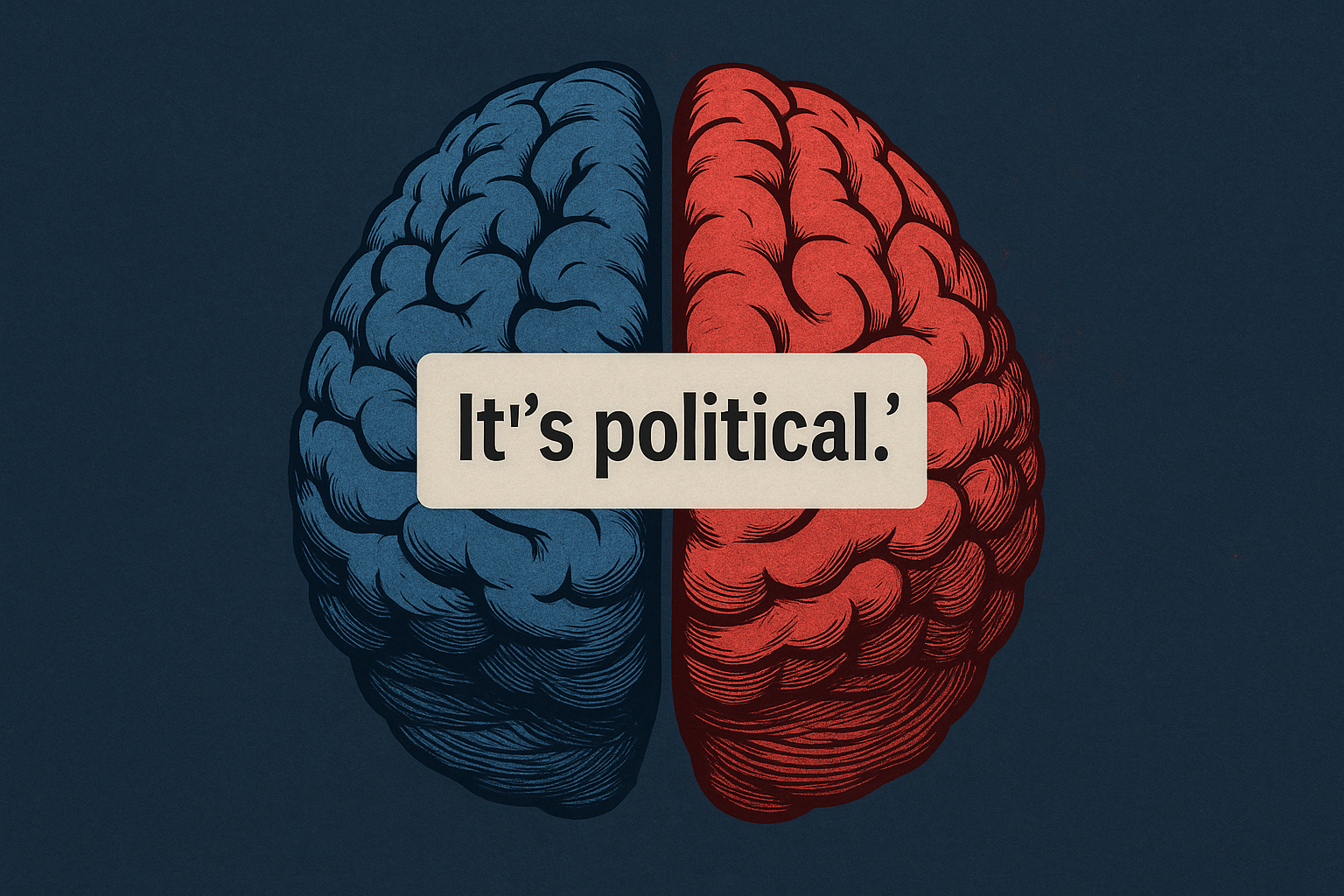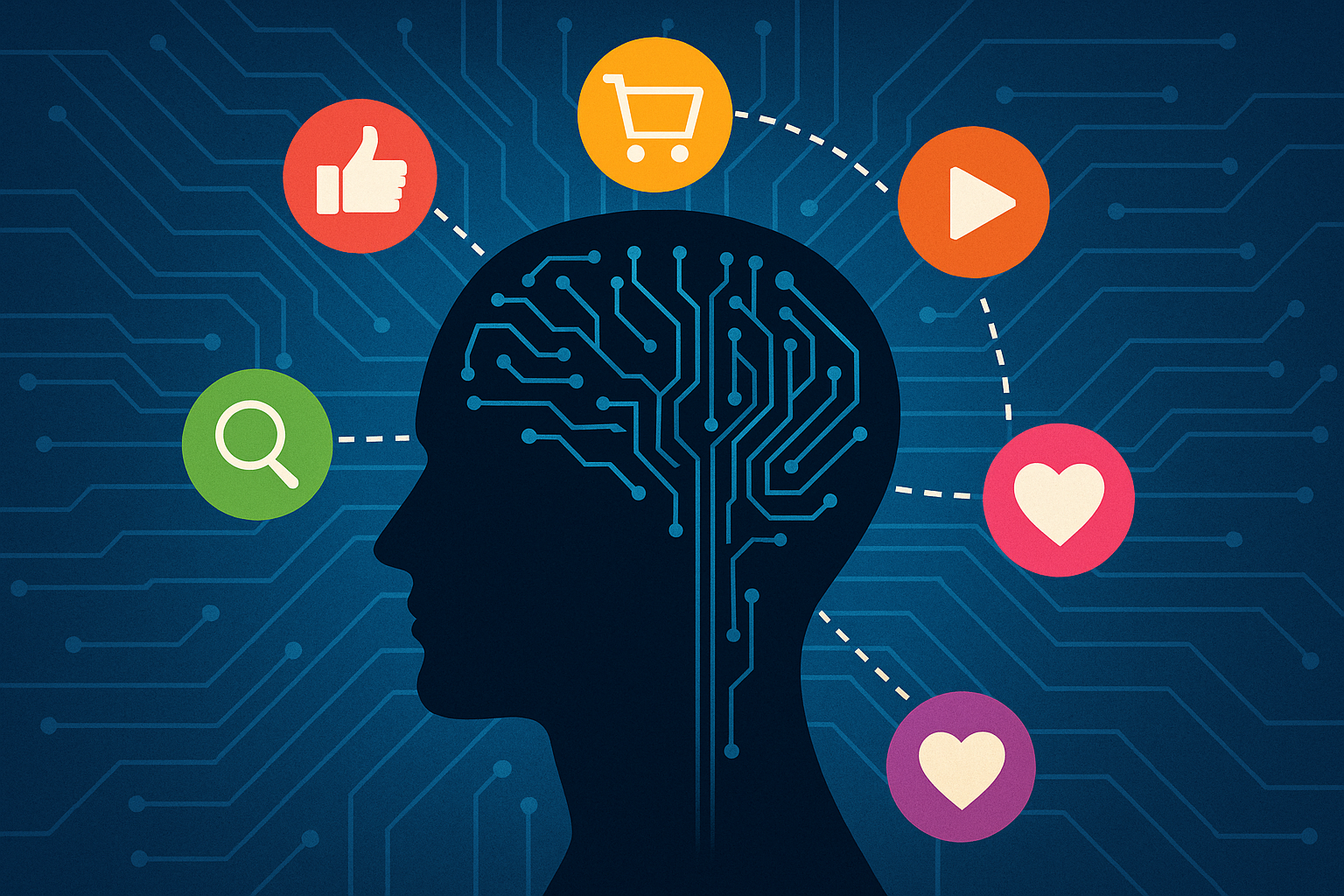6 Key Lessons to Help Us Emerge Stronger in the Workplace & Beyond
While there are wildly diverse perceptions of truth, it seems that life, as we once knew it, is forever changed. Humans are collectively living through a global pandemic, living history and trying to make sense of it in real-time: It’s impact on our personal lives. Our social lives. Our institutions. The Coronavirus is impacting everyone. Even those that want to turn a blind eye or deny its existence are not immune to its impact. There is no returning to “business as usual.” As we enter this brave new world, we must remember that the viral war can only be won by working together. Knowing this, we have a powerful opportunity to emerge using crucial lessons that make us more equipped, more self-aware, and better prepared to thrive for the future. In addition to a workplace plan that prioritizes collective safety (masks, physical distancing, sanitization, testing, contact tracing, etc.) the viral war can only be won with a group effort. Here are six key ways we can emerge stronger.

Ask First and Seek Common Ground.
As we collectively begin to venture out into public spaces and workplaces, it is critical to acknowledge what people have been through and the experiences and perspectives of each individual. Everyone has a unique and layered story; that’s why it is a mistake to make assumptions about people. Instead, ask people about their thoughts and feelings and, even when challenging, seek common ground. This practice will help you connect with your colleagues, community members, friends, and family on a deeper level and will allow you to learn, shift, and grow.
Make Emotional Check-Ins Regular Practice.
With the prevalence of trauma (before, during, and after the pandemic), we must take steps to enhance the wellbeing of our people and help individuals navigate stressful times together. As employers consider best policies and practices for returning to work, implementing a culture of care is essential. The policies companies set should consider not only what is best for the institution but for the individual too. We must remember the ‘human’ in Human Resources.
Be Intentional About How You Engage With People.
For many, the idea of finally being able to be together with people again brings great joy and excitement. For others, it brings great hesitancy and concern. And for most, it’s a mix of both. As we return to the workplace, participate in in-person meetings, join people for coffee, meals, celebrations, and more, it’s important to be safe and considerate. Public and employee safety must remain a priority, and when in doubt, strive to make the safest choice possible.
Determine Your New Normal and Lead by Example.
Each of us is stepping back out into the world and workplace with our own assumptions. For some, the hope is that everything will “return to normal.” For others, everything will look and feel completely different. As company leaders, it is critical to be explicit in describing what your “new normal” looks like. When thinking through company guidelines and protocols, collective safety must come first. What will remain the same? And what has changed? Beyond telling people, aim to show them what matters. Providing safety care packages, for example, for workers returning to the office or for clients arriving at one of your events, is a great way to set the expectation of safety, provide gentle guidance, and let them know you are thinking of them. (Bonus: care packages are also an excellent opportunity to market your brand.)
Additionally, offering an elbow or fist bump rather than a handshake to employees or clients is another way to help set expectations for safety and offer guidance about what kind of physical interaction you prefer. At the end of each day, individuals will do what they want to do; however, you can be intentional about how you shape what they do when they are not thinking about it!)
Set Clear Expectations for Safe & Inclusive Meetings.
Through the pandemic, one thing we learned for sure is that there is still a human need to connect. Companies and individuals rely on group interactions for personal and organizational fulfillment. As we re-enter the places with larger numbers of people, leaders must set clear expectations for how meetings will be run. Remember that every meeting — in-person, virtual, or hybrid — is an opportunity to connect. Emotionally. Intellectually.
Interpersonally. And learning how to host an effective virtual meeting is a critical skill that will provide long-term value, no matter what new norms arise. A primary consideration for hybrid meetings is that if you are not intentionally including remote workers into the conversation, they will likely end up checked out, confused and/or feeling excluded.
Address & Mitigate Unconscious Biases.
Cognitive biases lead us to social stereotyping in our interactions and can be the seeds of negative institutional culture and decisions. Through the pandemic, certain unconscious biases have been exasperated for many people and the institutions they work within. Acknowledging these biases and working to change them is one of the most important actions a company, team, and individual can take to emerge stronger from the pandemic. Examples of unconscious biases that have often shaped the way we operate include:
Proximity Bias. Proximity bias is when we unconsciously favor whoever is closest in time or space while undervaluing those in remote locations. It is one of the most apparent and immediate biases to address as we re-enter a more remote and virtual world.
To mitigate proximity bias in meetings where some participants are physically present and others participate remotely, actively structure the meeting to include the people joining remotely as well as those in the same physical space. For example, assign a specific role for those who are remote. Don’t assume that joining remotely will have the same impact as being there in person because that is rarely the case. Working to address proximity bias helps build stronger, more successful meetings, teams, and businesses.
Normalcy Bias. The normalcy bias, sometimes referred to as the ostrich effect, leads people to disbelieve, minimize, or outright reject threat warnings. Our brains are wired to overestimate the norms of the status quo. Normalcy bias is part of why it took people so long to internalize, understand and take action around the unprecedented challenge of COVID. One report found that about 70% of people display normalcy bias during a disaster. In a post-pandemic world, our deep desire to return to “normal” can lead to disastrous results, as being unable or unwilling to address difficult realities can lead to harmful or dangerous decisions. Identifying, addressing, and combatting our normalcy biases will help protect individuals, companies, and our communities for the future.
Like-me bias. Like-me bias is our unconscious tendency to like people who are like us. While the like-me bias can provide a sense of comfort and security, it ultimately causes us to overvalue people we think are “like us” and undervalue people we believe are not like us. The result is the unconscious promotion of practices that further entrench this bias into individuals, teams, companies, and even entire governance and societal structures. As we enter into a post-pandemic world, seek to explore and address how the “like me” bias shows your life and your business culture and take steps to create space for more diverse ideas, policies, and practices.
Understanding cognitive biases, including proximity, normalcy, and like-me biases, empowers us to identify our patterns and our role in perpetuating biases and make critical changes. In the workplace, mitigating cognitive biases leads to better decision-making, improved company, team and employee performance, increased innovation, improved recruitment and retention of employees, and more. Bias training is one of the most powerful, positive and transformational actions we can take to re-enter the world more empowered, informed, and equipped to succeed.
Conclusion.
The impacts of the pandemic have changed us permanently in many ways and will shape us for generations to come. But it is important not to lose sight of what we have gained from this experience and the lessons we can take with us into this new world if we choose:
- If we strive to ask first and seek common ground, we will develop deeper, more meaningful, and rewarding connections with those around us.
- By being intentional in how we engage with people, we can develop more creative, safer, and more human connections.
- By placing value on emotional check-ins, we can create stronger bonds with our teams and build a healthier space for people to thrive.
- Setting clear expectations for the workplace and social interactions can help guide people into accepting a “safety first” mindset that places a high value on taking care of each other.
- By embracing new, more inclusive meeting models, we can improve meetings as we know them forever.
- And, by finding the courage to explore, understand and address our own biases, we can improve the quality of our lives, our teams, and our businesses for the long run.
While there are still many unknowns, one thing is for sure: the lessons learned through this pandemic can be carried with us into this new world and help us emerge healthier, stronger, and more successful in all aspects of life. We can associate 2020 with a time that forced us all to dig deeper and develop greater visual, verbal and communal acuity. The discomfort can lead us to band together against a common viral enemy. We will emerge, adapt and continue to disrupt institutionalized biases that no longer serve us well.

Percipio Company is led by Matthew Cahill. His deep expertise in cognitive, social, and workplace biases is rooted in the belief that if you have a brain, you have bias®. He works with executives to reduce mental mistakes, strengthen workplace relationships & disrupt existing bias within current HR processes, meeting protocols and corporate policies. Matthew has demonstrated success with large clients like LinkedIn, Salesforce and dozens of small to mid-size companies looking to create more inclusive workplaces, work smarter, generate more revenue and move from bias to belonging®.





